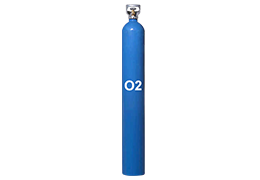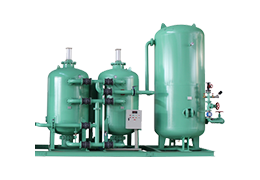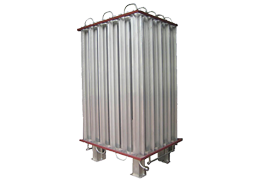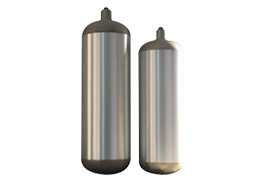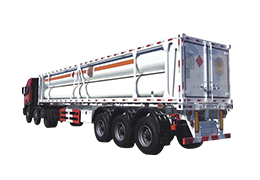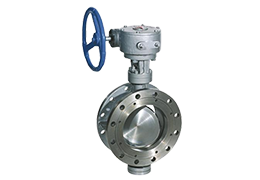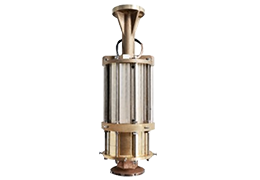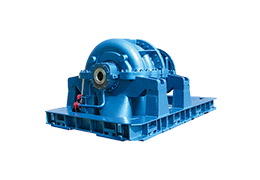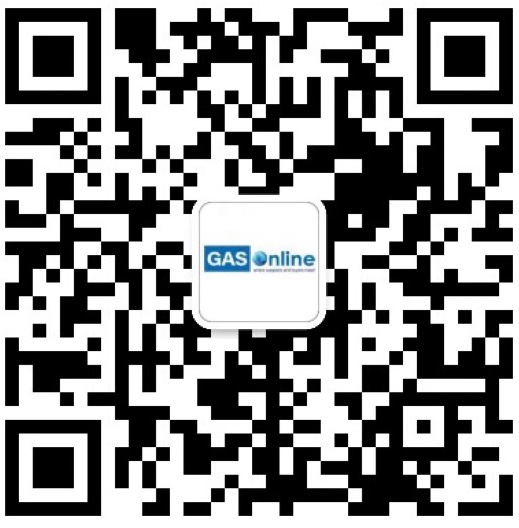There was no second-guessing why China’s President Xi Jinping made Myanmar his first stop in a visit earlier this year, even as coronavirus was mercilessly gripping his nation: China has never ceased worrying about reliable supplies of gas, and the prospect of a pipeline with Myanmar is an attractive one.
For years, since relations with the West cooled, Beijing has been conscious of suffering a disruption in supplies if war ever broke out. A pipeline could well be the saviour by insulating the country from such a scenario.
Significantly though, is the ease and cost-effectiveness that such a pipeline could add.
Transporting gas from the Middle East and across vast oceans and, past the notoriously pirate-infested Malacca Straits, is the other concern that not only incurs huge insurance protection pay outs but, as well as the complete dispensing away of LNG carriers which are huge cost burdens.
A pipeline makes sense when viewed as costing nothing more than its commercial and strategic imperatives.
Dependence
Gas is in grave shortage for China’s ever-growing economy. Bloomberg Intelligence data showed China’s dependence on imports to meet domestic gas demand is expected to rise to 75% in 2020 from 57% in 2017.
As a matter of expediency, that compels China to diversify its energy production consumption. China National Petroleum Corp. (CNPC), the nation’s largest oil and gas company, has unquestionably been stepping up its drive to meet rising demand for oil and gas, while Myanmar lies just off China’s radar with abundant reserves of the commodity in its Zawtika and Shwe fields.
Xi Jinping’s visit could not have come at a better time. There is an urgent need to accelerate LNG infrastructure construction to satisfy market demand, and as it stands current pipeline networks only account for 240 billion m3, satisfying just 52% of distribution demand expected for 2020 and 35% for 2030.
“Most of the gas produced within Myanmar…is exported to China and Thailand, so the domestic gas demand cannot be sufficiently satisfied,” was what Myanmar’s Ministry of Energy once lamented. That gas, in all probability, will come from the Kyaukphyu, where a port will be built with two pipelines to transport gas and oil over to China.
Expectantly, the port and its development was just one of dozens of deals signed during President Xi’s two-day visit. There were also other agreements, namely of a $2bn LNG power plant project in Ayeyarwaddy’s Mee Laung Gyaing.
It is now believed that works in the region will commence after Chinese company Zhefu Holding Group and local firm Supreme Trading Co. ink an agreement to include berths for gas carriers to dock at the Mee Laung Gyaing area, 40 miles to the north of Chaung Tha beach.
For all the hammers and tongs approach, a pipeline can and will present problems arising out of terrain conditions and weather – challenges that potentially make such an infrastructure appear as not tenable.
“If a pipeline has to go through inhospitable terrain and is prone to earthquakes and other natural disasters, then it may not be worthwhile, ironically, making it cheaper to take the cargo across by ships,” observed Divay Goel of Singapore-based Prudent Shipping, to gasworld.
Another hurdle is if/when hostile relations result between both nations.
Even so there is no denying the benefits a pipeline – costing usually $300m – could have. “They are safer and cleaner,” said Capt. Frederick Francis, contrasting this with seaborne transportation, a point that could well have dawned on Xi Jinping.
- Chinese refining companies show signs of recovery post COVID-19 impact, says GlobalData Jun 03,20 14:49
- China's Major Gases Listed Companies’ Report the Performance of Revenue and Net Profit Varies Nov 17,20 15:40
- Post Covid-19: China’s innovation development of hydrogen and fuel cell industry Jun 03,20 14:25
- China-Myanmar pipeline grows in its appeal Jun 03,20 14:54
- Guanggang Gas acquires Linde Wuhu Carbon Dioxide Company Mar 16,21 13:47




